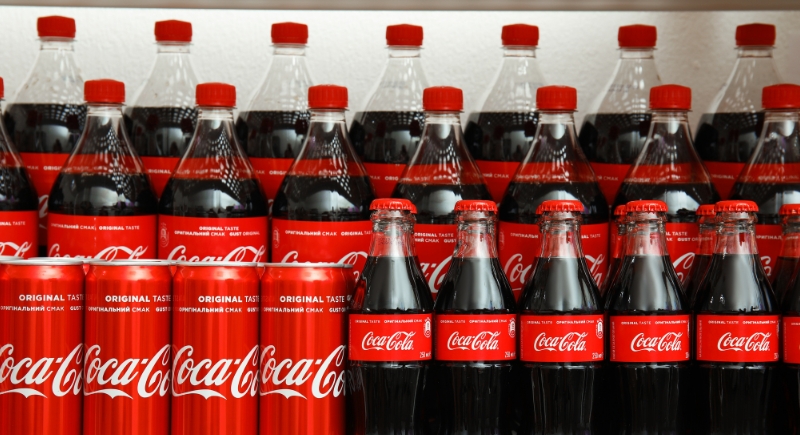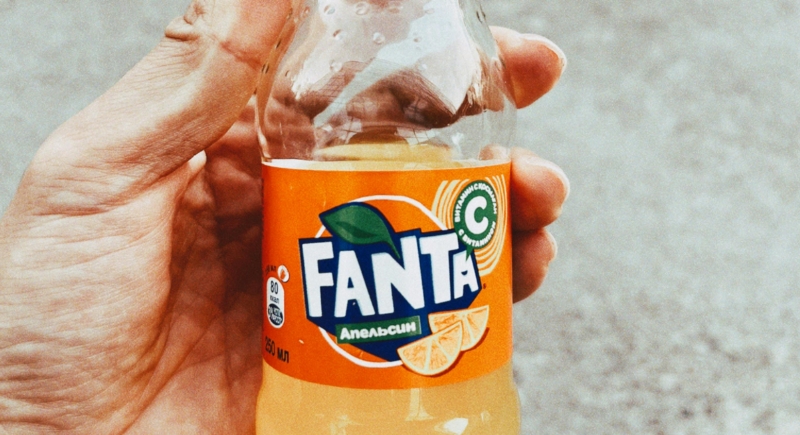The Surprising Wartime Origin of Fanta Soda
Fanta sits on store shelves today as a familiar citrus soda, but its beginnings came from circumstances far more unusual than most people expect. Its early development took shape during one of the harshest periods of the twentieth century, shaped by supply shortages, political pressure, and a scramble to keep bottling plants alive.
Coke Runs Into Wartime Trouble

Image via Canva/Africa Images
Coca-Cola had established a strong presence in Germany throughout the 1930s, and demand continued to grow steadily. Once the war escalated, access to the United States’ supply chain collapsed. A trade embargo ended the delivery of Coca-Cola syrup, and the British naval blockade cut off any alternative routes.
Max Keith oversaw the German branch and faced a large operation with no main ingredient for its flagship drink. Bottling plants needed to keep running, workers depended on the jobs, and the government placed strict limits on the use of foreign names and imported goods. Anything produced had to rely on material available within Germany.
Creating A Soda Out Of Scraps
Keith turned to local chemists and asked them to create something new. They used whatever the food industry discarded. Apple fibers from cider factories, fruit remnants, whey from cheese production, and beet sugar became the foundation of the first version of Fanta. It looked pale, tasted unusual, and lacked the citrus flavor associated with the modern drink.
Shoppers still bought it because wartime rationing made sugary items valuable. Some households even used Fanta in cooking when sugar supplies ran low. The drink sold more than three million cases by 1943, which kept the German bottling plants running at a time when Coke had vanished from shelves.
Once the recipe existed, the company needed a name without ties to Coca-Cola. Keith encouraged his staff to think creatively, and a salesman named Joe Knipp suggested shortening the German word Fantasie. It was short, distinctive, and fit the improvised nature of the drink.
What Happened After The War

Image via Pexels/Aibek Skakov
When Germany surrendered in 1945, Coca-Cola executives returned to find a functioning operation that had survived years of shortages. They also took ownership of Fanta, though the wartime formula lasted only a few more years. Production of that version ended in 1949.
A new era began in 1955 when the company’s Italian branch introduced an orange-based recipe using local citrus. This updated version spread quickly and reached West Germany by the mid-1960s, eventually becoming a global product with dozens of flavors.
A Complicated Anniversary
Fanta’s early past resurfaced in 2015 when Coca-Cola released a promotional campaign for the drink’s 75th anniversary. The drink now sold in more than 200 countries still traces its roots to wartime improvisation, when limited resources forced the company to create something new to stay afloat.
The retro bottle design referenced its early years, but the campaign drew criticism for glossing over the circumstances that shaped its creation. The company removed the promotion shortly after the public reaction.